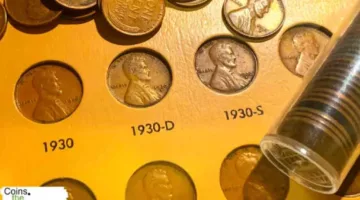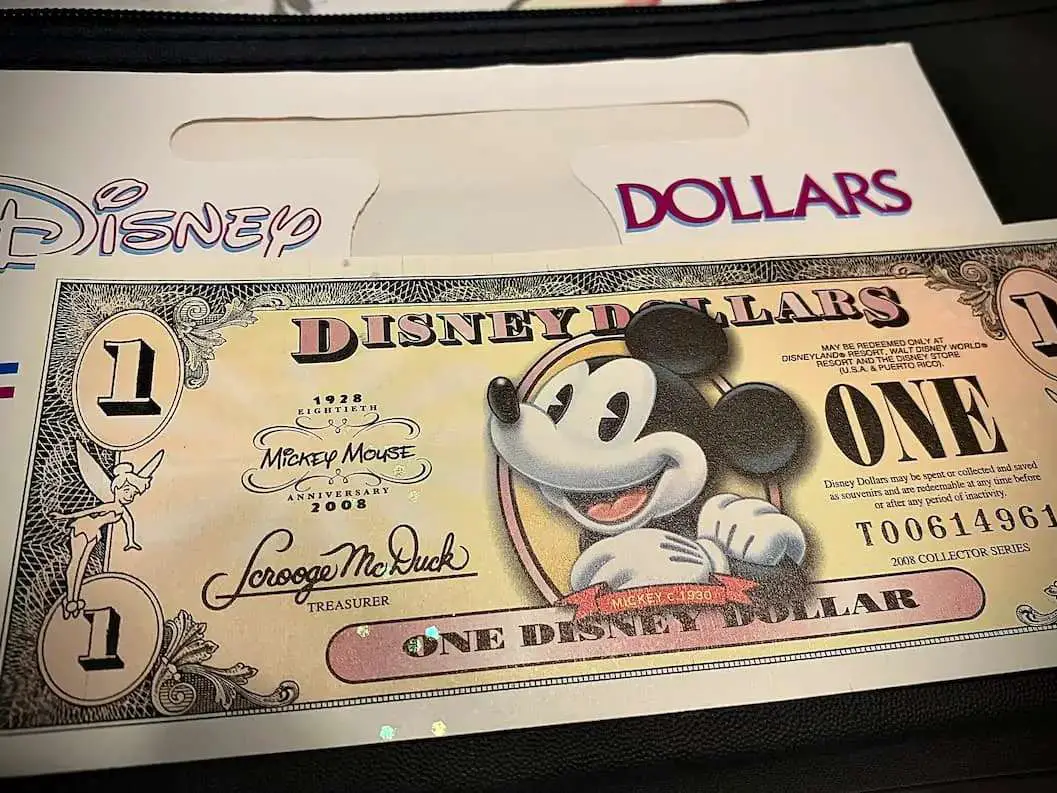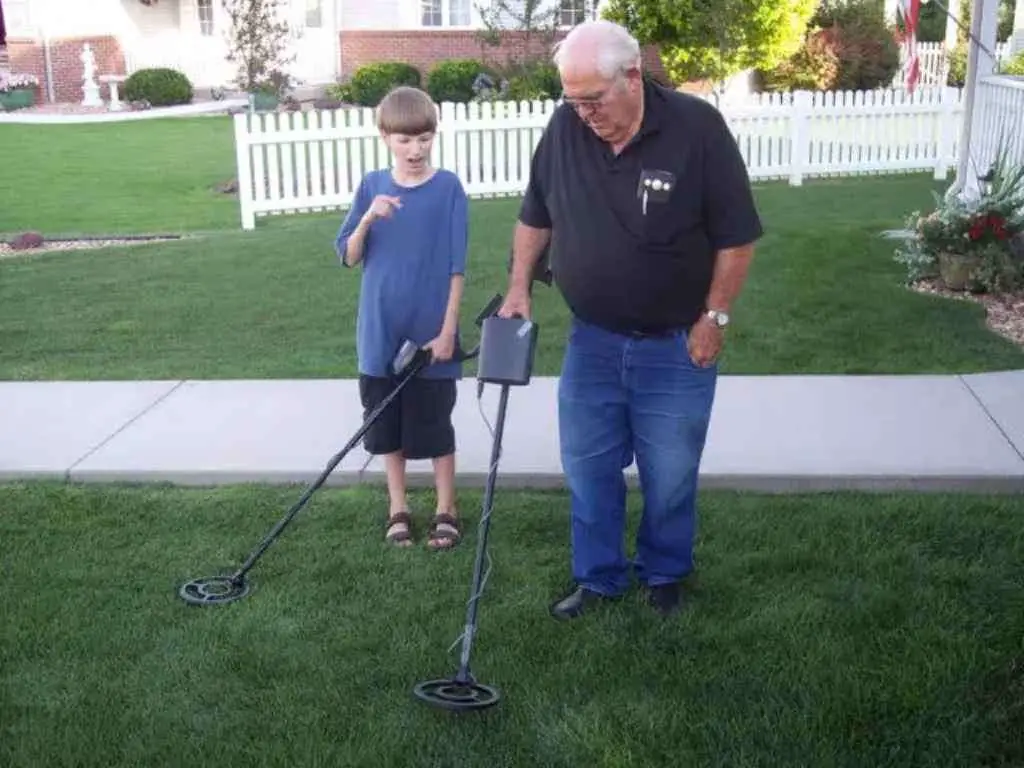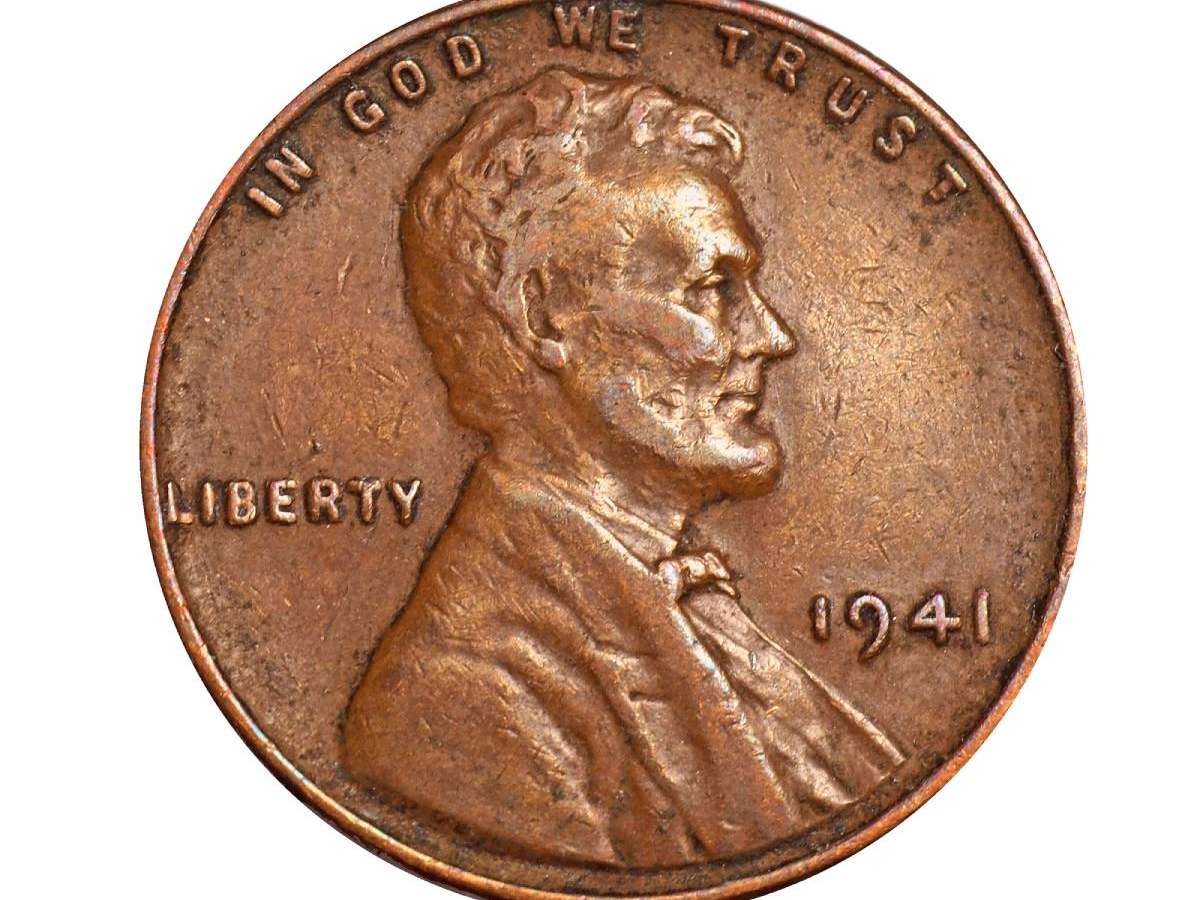
Did you know your 1930 penny may be worth hundreds of dollars… maybe even more?
So, how can you tell the difference between valuable 1930 Lincoln wheat pennies and those that are worth only a few cents?
I am going to answer this and many other questions you probably have about 1930 pennies, including:
- How much is my 1930 penny worth?
- Why are some 1930 pennies rare?
- How many 1930 wheat pennies were made?
- What types of errors can be found on 1930 pennies?
- Who designed the Lincoln cent?
What Factors Influence The Value Of A 1930 Penny?
Determining the value of your 1930 penny is based on these 3 factors:
#1 – Its condition (aka grade)
Coins that are well worn are usually worth less than pieces that don’t have any wear and were never spent as money.
You can determine a coin’s overall condition by grading it — and there are many excellent coin grading guides available.
#2 – Where it was minted
In 1930, pennies were made at 3 different mints with the following mintmarks:
- Philadelphia Mint (no mintmark in 1930)
- Denver Mint (D mintmark)
- San Francisco Mint (S mintmark)
On Lincoln cents, you’ll find the mintmark under the date in the obverse (head’s side) of the coin.
Don’t see a mintmark on your 1930 wheat penny? Then it was made at the Philadelphia Mint.
#3 – Whether or not it has any errors or varieties
Finally, there’s the matter of figuring out if your 1930 penny has any errors or other unusual things.
I’ll talk about the specific errors that you can find on 1930 pennies and what they’re worth later in this article.
How Much Is A 1930 Wheat Penny Worth Today?
OK, I know why you’re here — you want to find out the value of your 1930 pennies. So, let’s find out how much your 1930 pennies are worth!
1930 Penny Value (No Mintmark)
The 1930 penny with no mintmark is the most common of the various types of Lincoln cents made that year.
Values range from about 7 to 25 cents for well-worn examples to more than $20 for uncirculated specimens.
The most valuable 1930 no mintmark penny was professionally graded MS-67 Red by Professional Coin Grading Service (PCGS). In 2005, a collector paid $10,925 for it.
1930-D Penny Value
The 1930-D penny is much less common than its Philly-made counterpart.
A 1930-D Lincoln cent is worth about 10 to 50 cents in well-circulated grades to $15 and up for Mint State examples.
The most valuable 1930-D penny ever sold was graded by PCGS MS-67 Red and took $11,400 in 2019.
1930-S Penny Value
Have any 1930-S pennies? Like other 1930 pennies, the 1930-S Lincoln cent is very rare in top condition.
They’re worth around 40 cents to $1.50 in typical circulated grades and about $15 or more in uncirculated condition.
The most valuable 1930-S penny was graded MS-67 Red by PCGS and sold for a whopping $33,350 in 2004.
IMPORTANT: What Is The Grade Of Your 1930 Penny?
To determine the true value of your 1930 Lincoln penny, you first need to know what condition (or grade) your coin is in.
Grab a coin magnifier and a copy of the U.S. Coin Grading Standards book. Then, watch this video to see how to grade coins yourself at home:
These are the best coin grading apps that make grading coins yourself SO much easier!
Why Are Some 1930 Pennies Rare?
Most U.S. pennies are common, but some are rare — very rare.
What about 1930 pennies?… Are 1930 pennies rare?
As I’ve illustrated above, most of the 1930 pennies you find in your pocket change are pretty common. In fact, more than 200 million were made across all 3 U.S. Mint facilities operating at the time. (That’s a lot.)
So, if you come across a 1930 penny that’s really well worn then, yes, keep it — it’s an obsolete, old penny worth at least a few cents. But rare? Well, that’s a whole different story.
What makes some 1930 pennies rare isn’t just how many were made, but also how many might be left in top condition.
For example, some 1930 pennies exhibit minting errors or unusual design varieties — and coins like that are often very rare!
A List Of Rare 1930 Penny Errors… And Their Values
Here are some of the rare and valuable errors & varieties that can be found on 1930 pennies…
1930 Doubled Die Penny Error
You may have heard about doubled die coins. These happen when the die that strikes a design onto a blank coin is itself hit at least twice and at different angles by the hub, which impresses a design onto the die.
Doubled dies (not “double” dies) are coins struck by that die with the doubled image. Some are worth thousands of dollars, while others are fairly common or insignificant to most collectors and aren’t worth very much at all.
There aren’t any major or highly valuable 1930 doubled die pennies known at this time — but if you find one that checks out, you may have hit the jackpot! Collectors pay a lot of money for Lincoln doubled die pennies. Any 1930 doubled dies that show visible doubling to the naked eye would definitely be rare error coins that could sell for at least $100 to $500, if verified.
1930 Off-Center Penny Error
Another major error is the kind that involves how squarely the coin is struck.
These errors, known as off-centers, show only part of the design on the coin. The rest of image essentially spills off the coin — leaving a segment of the coin blank, or unstruck.
Often the more off-center a coin is, the more it’s worth. Top premiums go for coins on which most of the design is cut off but the entire date and mintmark (if applicable) still shows.
Some 1930 off-center errors are worth more than $150!
1930 Penny With Missing Letters Error
You have no idea how many people send me messages asking about strange letters or numbers they see on their coins!
Usually, these are either due to post-mint damage such as (nicks and scratches that just happen to look like a derelict number or letter), or because someone stamped the letter or number onto the coin after it was minted.
But sometimes the weird or missing letters apply to real error coins — those that were struck by a damaged die, or perhaps a die that had foreign material in it — keeping the entire letter or phrase from getting struck onto the coin.
One of the most common occurrences are coins that were struck with a die that had grease or fabric on it — cutting off or drastically obscuring one or two, even several letters, from the coin’s inscription. These so-called strike-through errors are usually worth a pretty penny — often $100 to $250 or even more!
1930 Penny With Die Break / Die Crack / Cud Error
See a raised line or crack going across part or all of your 1930 penny? Chances are it’s a die crack, caused when the die that struck the design into your coin was failing due to overuse.
As with most types of errors and oddities, there’s no hard-and-fast value for old pennies with die breaks, die chips (small isolated die breaks), or die cuds (die breaks attached to the coin’s rim).
But, a good rule of thumb is the larger and more prominent the die crack, the more it’s worth!
Some 1930 pennies with particularly large die cracks are worth more than $250. While those with less-obvious or lighter die cracks may sell for between $10 and $25.
Other Types Of Errors You Can Find On 1930 Pennies
- Lamination Errors — Caused when parts of the coin’s surface flake off due to chemical impurities in the metal, lamination errors are usually worth about $10 to $25.
- Broadstrikes — These occur when a coin isn’t struck in its retaining collar, which helps form the rim and edge and keeps the coin at the right size; broadstrikes often sell for $50 and up.
- Clipped Planchet — Clipped planchets are common and happen when a small part of the coin was cut off during the minting process. Values are approximately $5 to $10 for a circulated 1930 Lincoln cent with a clipped planchet.
Interesting Facts About 1930 Pennies
I like cool trivia.
Check out these neat facts about 1930 pennies that will surely impress your family and friends:
- Remember I said earlier that more than 200 million pennies were made by the U.S. Mint in 1930? Here’s the exact breakdown, by mint:
- Philadelphia Mint— 157,415,000
- Denver Mint — 40,100,000
- San Francisco Mint — 24,286,000
- Who designed the 1930 penny? It was Victor David Brenner — whose VDB initials can be found in very tiny script under Lincoln’s shoulder on the obverse of the coin.
I used to wonder what those wheat ears on the reverse (tail’s side of a 1930 penny) mean. They symbolize national prosperity, a message loud and clear on all Lincoln wheat cents — which were made from 1909 through 1958.
I’m the Coin Editor here at TheFunTimesGuide. My love for coins began when I was 11 years old. I primarily collect and study U.S. coins produced during the 20th century.
I’m a member of the American Numismatic Association (ANA) and the Numismatic Literary Guild (NLG) and have won multiple awards from the NLG for my work as a coin journalist. I’m also the editor at the Florida United Numismatists Club (FUN Topics magazine), and author of Images of America: The United States Mint in Philadelphia (a book that explores the colorful history of the Philadelphia Mint). I’ve contributed hundreds of articles for various coin publications including COINage, The Numismatist, Numismatic News, Coin Dealer Newsletter, Coin Values, and CoinWeek.
I’ve authored nearly 1,000 articles here at The Fun Times Guide to Coins (many of them with over 50K shares), and I welcome your coin questions in the comments below!





